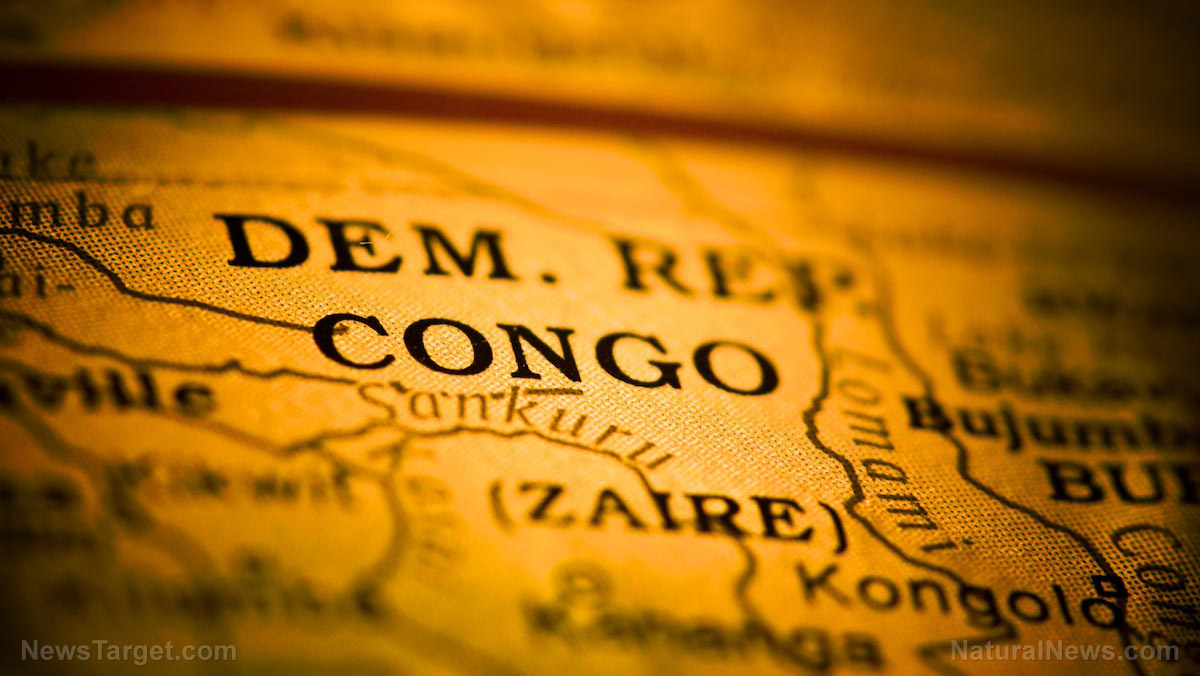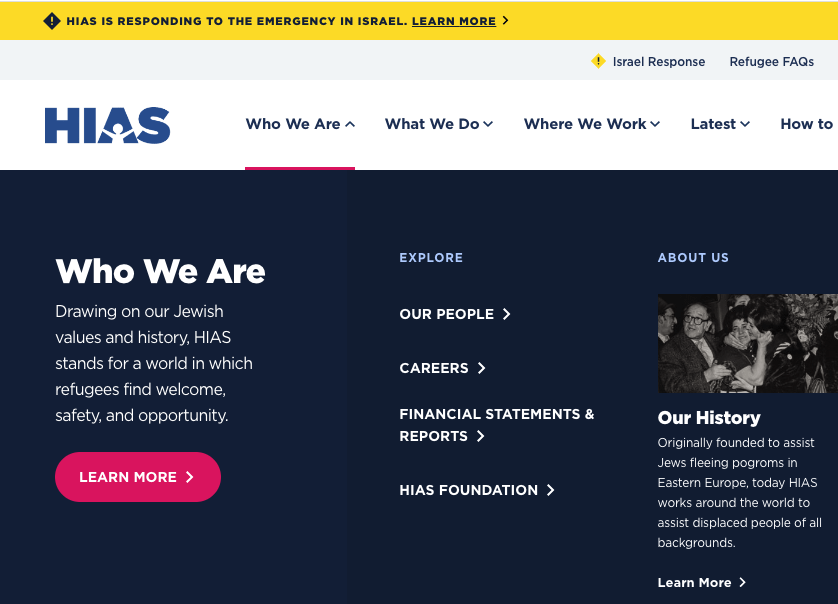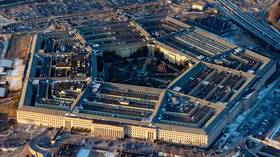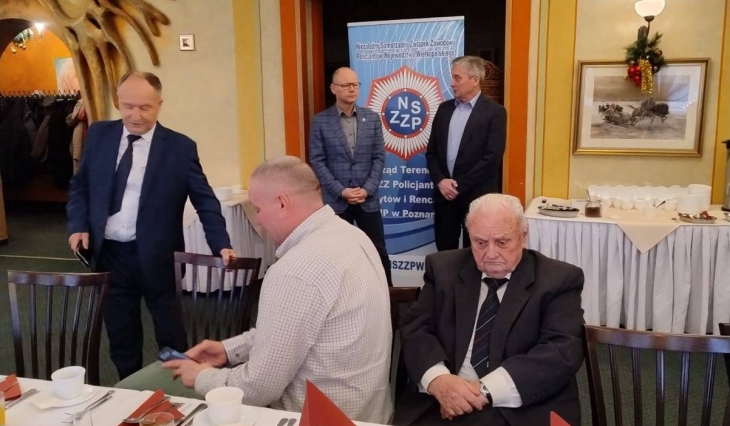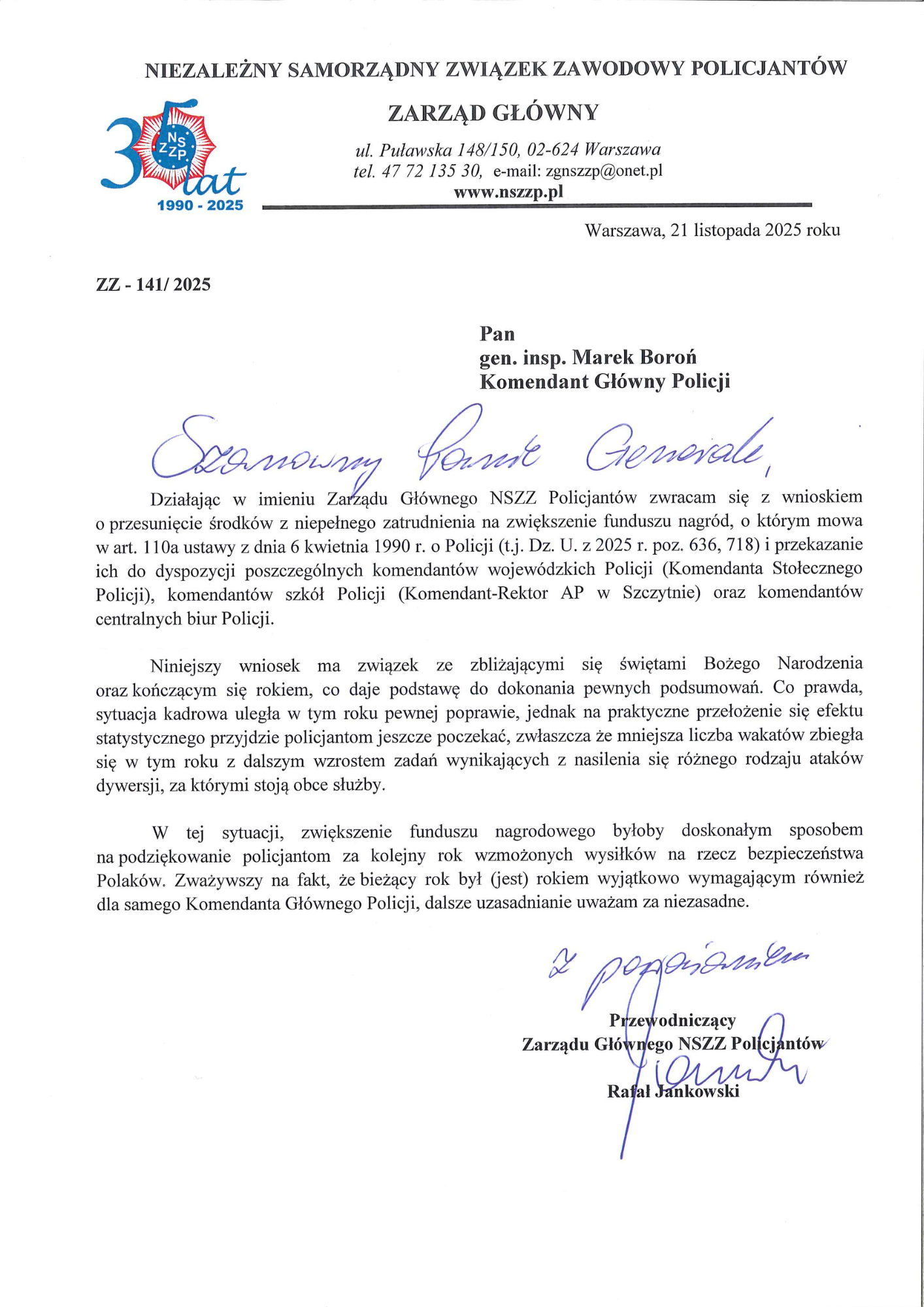
India And US Advance Toward Interim Trade Deal After Four-Day Talks
Indian and US negotiators have made progress in their latest round of talks in New Delhi on Tuesday on a bilateral trade deal, having focused on market access for industrial and some agricultural goods, tariff cuts and non-tariff barriers, Reuters reported citing Indian government sources.
„The negotiations held with the U.S. side were productive and helped in making progress towards crafting a mutually beneficial and balanced agreement including through achievement of early wins,” one of the sources said.
The U.S. delegation, led by senior officials from the Office of the U.S. Trade Representative, held closed-door negotiations with Indian trade ministry officials headed by chief negotiator Rajesh Agrawal.
Among the preliminary agreements reached, both sides discussed increasing bilateral digital trade, by improving customs and trade facilitation measures, the sources said, adding that „negotiations will continue” for early conclusion of the initial tranche of the trade pact.
U.S. President Donald Trump and Indian Prime Minister Narendra Modi had agreed in February to conclude a bilateral trade agreement by fall 2025 and to more than double bilateral trade to $500 billion by 2030.
Here are some of the highlights of the preliminary agreement:
-
India and US aim to sign first tranche of trade pact by fall 2025, with both sides agreeing to hold more talks on bilateral pact.
-
The two sides are expected to sign an interim agreement by the end of the month, before the expiry of Trump’s 90-day pause on reciprocal tariffs on major trading partners, including a 26% tariff on India.
-
Both sides discussed increasing bilateral digital trade, by improving customs and trade facilitation measures, the sources said.
-
Indian and U.S. negotiators made progress in their latest round of talks in New Delhi on Tuesday on a bilateral trade deal, having focused on market access for industrial and some agricultural goods, tariff cuts and non-tariff barriers, Indian government sources said.
-
The next phase of negotiations could tackle more complex matters, with the goal of signing the first tranche of the bilateral trade pact by September or October, the officials added.
-
India resisted U.S. demands to open its markets to wheat, dairy and corn imports, while offering lower tariffs on high-value U.S. products such as almonds, pistachios and walnuts, one of the sources said.
-
India also asked the U.S to revoke its 10% baseline tariff. However, the U.S. side opposed this, noting that even Britain was subject to this under its recent bilateral trade agreement.
-
Additionally, India sought an exemption for its steel exports from a 50% tariff.
Tyler Durden
Tue, 06/10/2025 – 12:15



